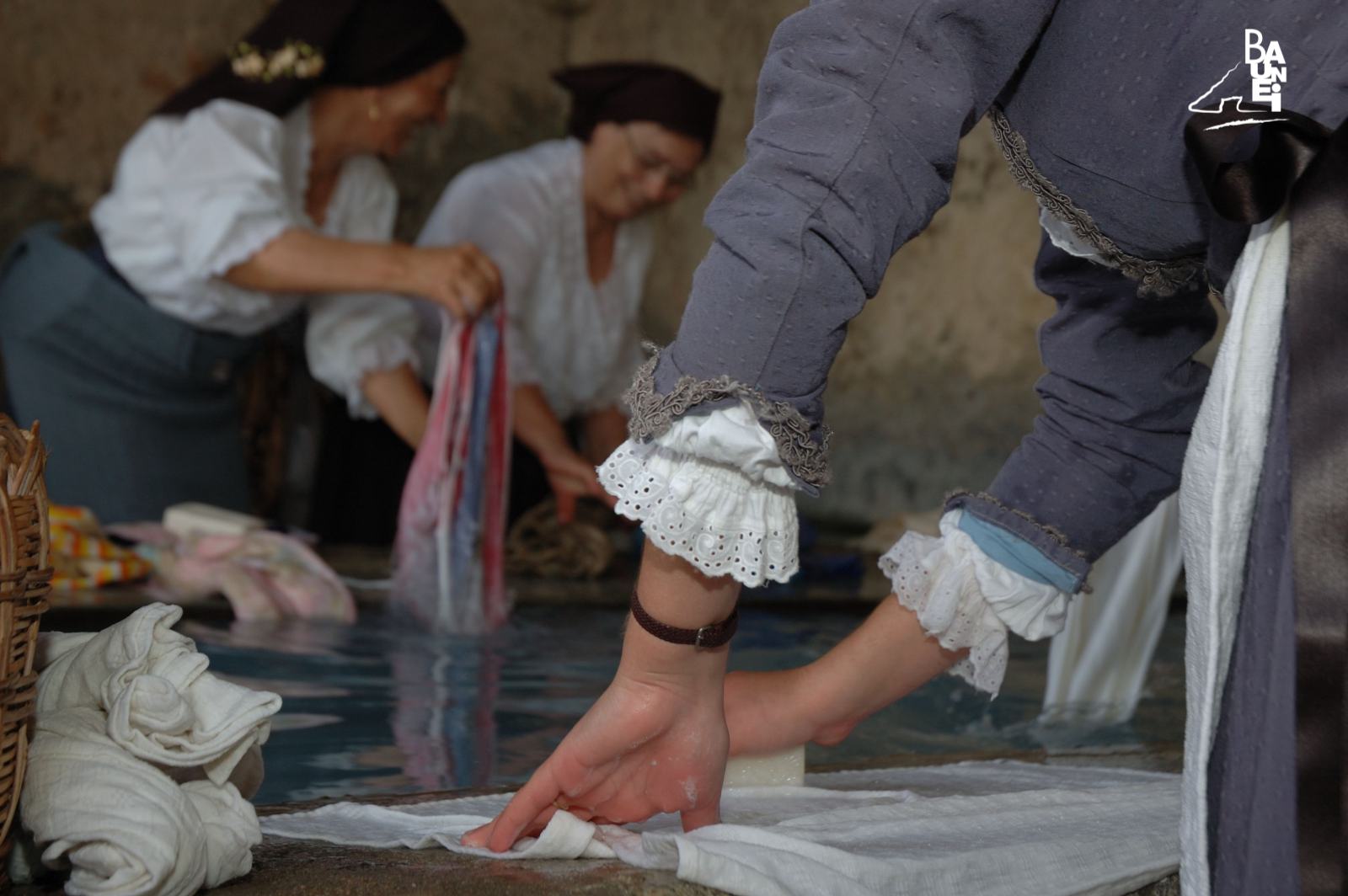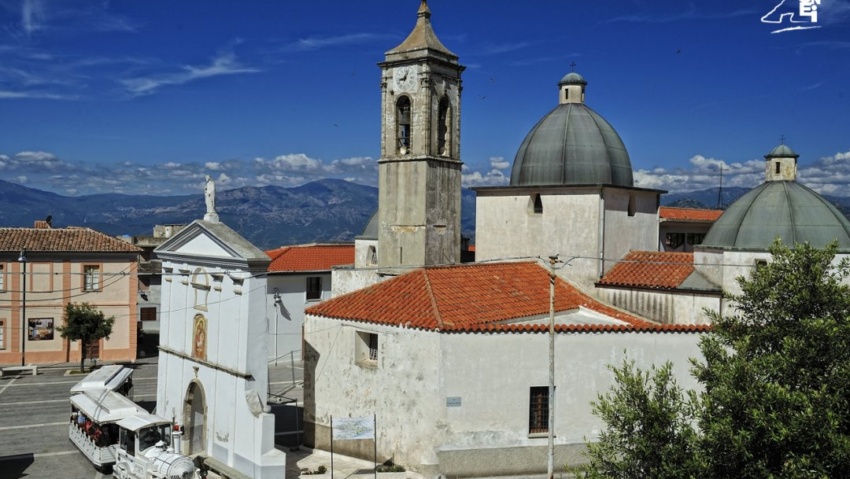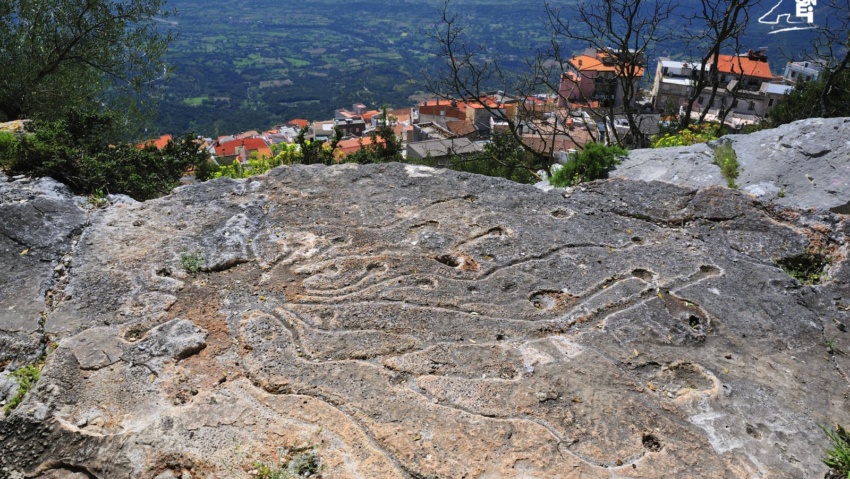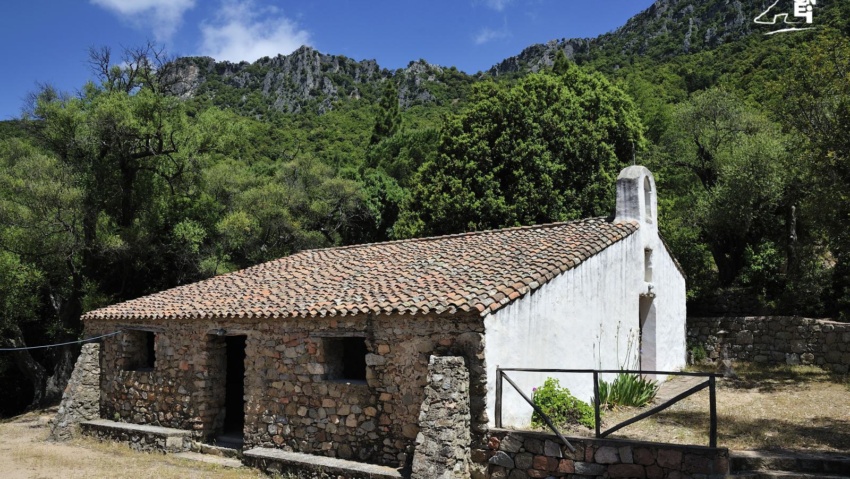The “Usuonu” Wash-house
Before the construction of the “Orientale Sarda” highway, the main route between Baunei and the villages on the plains was the steep cart track that branched off from Via Roma, the most important village road at the time, in the lower part of town, and reached the plain of Àrdali (a tiny village that is now part of Triei, but was still a district of Baunei at the time). Up until the mid-nineteenth century, more than a road, it was merely an old mule track and was only made fit for ox carts in 1862. Angius described the hardships related to the lack of proper roads as follows: “The continuous rains from the mountains in winter make the Palmaèra river, which flows a couple of miles from the village, swell, which often impedes communication routes to the rest of the province for many months, paralyzing local trade in Tortolì”.
It is said that during work on the cart track towards Àrdali, a spring of water gushed not far from the town and a fountain was built on the spot. A few years later, in 1888, a mayor, named Diego Collu, built a monumental font around the spring for use as a public wash-house. Mayor Collu was convinced that the project should go ahead and did not waver even when the first tender for assigning the work went unanswered. According to some, the wash-house, which at the time cost 3,000 liras to build, began being called “funtana usu de un” (“fountain for good use”). According to this interpretation, people began to refer to it as the “Wash- house of Usuonu”, and the name “Usuonu” also then became the name of the area around the fountain. Others believe the name “Usuonu/Osuonu” existed before the fountain was built, since Angius mentions “Osùno” in a list of village fonts: “the one used by the population, found at the distance of a fifteen minutes from the village in a place called Osùno, is very good and would be even more abundant if it were possible to stop it from going to waste”. The wash-house building, of excellent workmanship, features three large round arches, which provide access to a large space inside that houses the bathing pools. In Baunei, as in the rest of the island, before the widespread use of chemical detergents, women washed their laundry using a natural detergent, “lye” (“sa lissìa”, in Sardinian): a liquid solution obtained by boiling finely sifted ashes.
CONTATTI
Via San Nicolò, 2 – 08040 BAUNEI (Sardinia, Italy)
infopoint@turismobaunei.eu
+39 349 5462583
